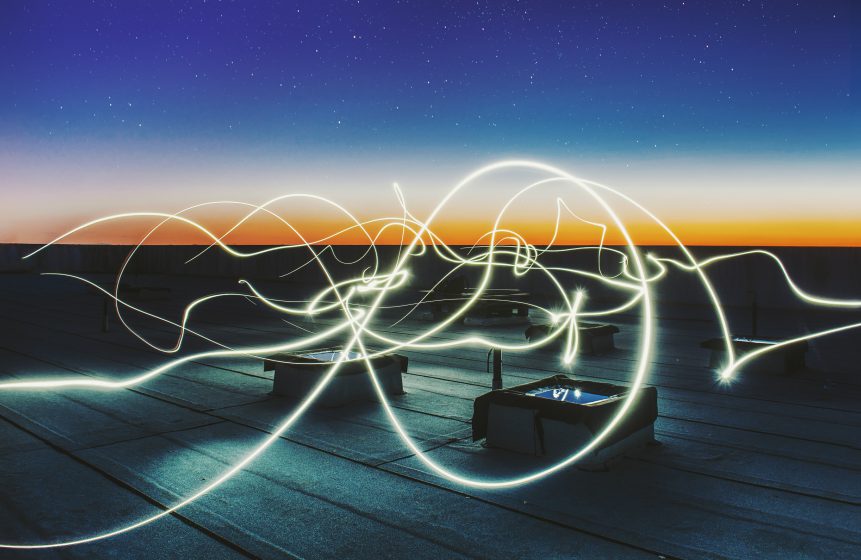Given that so much of our lives are now online, it’s no wonder that we now have a phrase for when we die there – digital death.
Digital death is what we call the removal of your online footprint, from the data you’ve stored to the photos you’ve uploaded. On the other side, your digital legacy refers to everything you may leave online when you die, think Facebook, eBay, Amazon, and your Google Mail to name a few.
Every photo you’ve taken on your phone, uploaded onto Facebook or emailed to relatives forms part of your digital footprint. Every tweet you’ve sent, status you’ve updated or poll you’ve taken part in – as of right now, all of this data will stay on the internet long after you’ve died.

Here’s why you should care about digital death
Across the world we’re now creating monumental amounts of data online – we now upload over 250 million photos to Facebook every day, and for those of us with kids – we now share around 1,500 photos of them online before their fifth birthday.
By next year it’s estimated that 1.7MB of data will be created every second for every person on earth. If we compare that to the standard floppy disk which held just 1.44MB of data – that means that every single minute every single person on earth is creating 71 floppy disks worth of data. Every hour that’s 4250 and every day that’s 102,000.
To put it into a more modern context – the amount of data that we will create globally every day would fill over 1 billion standard iPhone 8’s. With this huge amount of data being created in a relatively short amount of time, the next question we must ask ourselves is how to keep it protected when we die.
Here’s what happens to your data when you die now
As it stands, there are very few policies in place to protect your data when you die. Various tech companies have processes in place that allow your family to sort some of your online presence out after you’ve died (Facebook legacy contact, Google Inactive account manager). But, whilst these may allow your online self to be ‘turned off’ – they don’t allow the collection and control of everything you have on the internet.
This means that as it stands your data is vulnerable, both to misuse and being destroyed completely. Most of us can’t imagine a world without Facebook but, the decision could be made to turn it off or even clear some of the old data and this could effectively erase large parts of people’s history.

What can you do about it?
As with all other aspects of death planning, what you decide to do with your digital assets is a purely personal choice. Some people may want to make sure everything is saved and able to be accessed by loved ones, others may want everything removed.
However you want your digital death to play out, the most important thing to do is to get your wishes recorded and stored for someone to execute.
We’ve created a handy digital checklist that lists out all the steps you need to take to get your digital death in order, and you can get it by answering 5 quick questions here: https://www.death.io/farewell-wishes/




